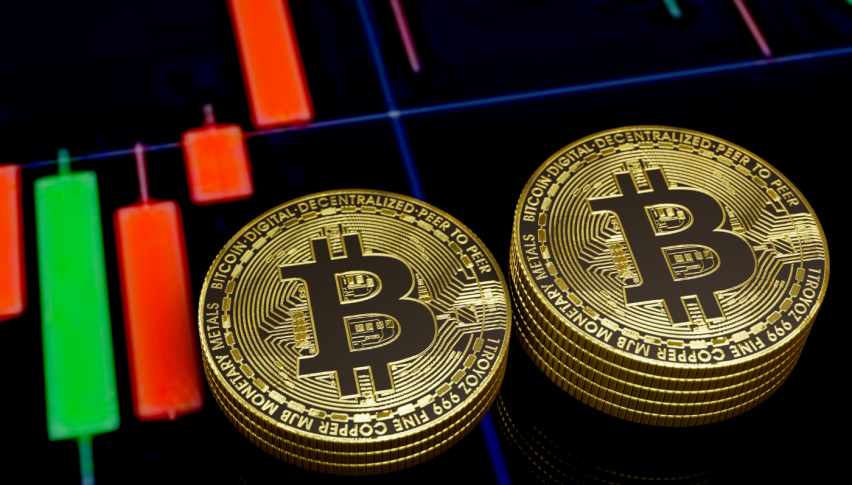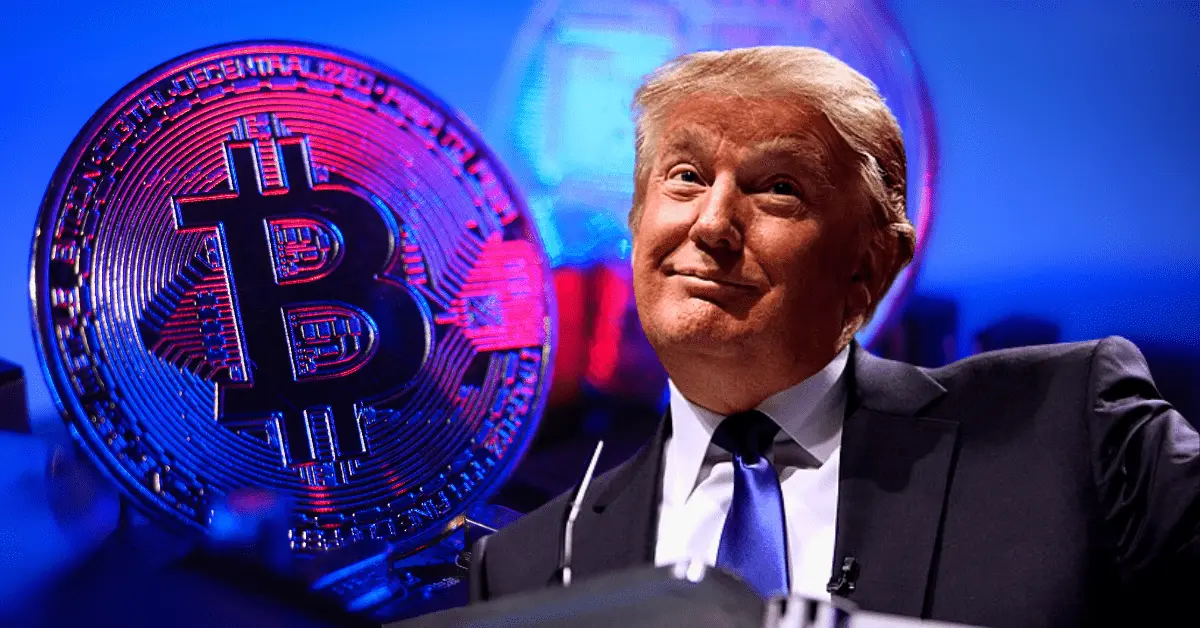The explosive growth of memecoins on Solana has attracted attention for both its rapid financial gains and the murky networks driving it. Initially celebrated for democratizing crypto trading, the memecoin space is now under scrutiny due to the rise of organized groups — often referred to as “cabals” — that manipulate prices and leave unsuspecting investors at a loss.
Solana’s Appeal and the Memecoin Craze
The Solana blockchain has become the preferred platform for launching memecoins due to its low transaction fees and fast processing times. After the collapse of FTX, Solana’s reputation suffered, but its comeback was fueled by the success of tokens like Bonk Inu. Celebrities, including former U.S. President Donald Trump and Argentine President Javier Milei, have since joined the trend, further amplifying its visibility.
However, while memecoins may seem like a fun and accessible entry into the crypto world, their volatility and the influence of insider trading make them a dangerous investment. Many investors have faced severe losses as token prices spike and plummet, often manipulated by those in the know.
The Role of Cabals and Key Opinion Leaders
Central to the current controversy are the so-called “cabals” — groups of traders and developers who control the creation, launch, and promotion of memecoins. These cabals leverage their insider positions to artificially pump token prices before dumping their holdings, leaving retail investors in the dust. Platforms like Pump.fun, which streamline the memecoin creation process, have exacerbated these practices by lowering the barriers to entry.
Influencers, often known as Key Opinion Leaders (KOLs), are also heavily involved in promoting these tokens. With massive followings on platforms like X, KOLs receive early access to tokens at discounted rates in exchange for hyping them up. Despite claims of “fair launches,” where tokens are supposedly made available to the public simultaneously, insiders frequently secure significant advantages.
Sniping and Pump-and-Dump Tactics
One particularly harmful tactic used by cabals is “sniping,” where trading bots instantly purchase large volumes of tokens during a launch at minimal prices. Once the token’s price surges, these wallets dump their holdings, triggering sharp declines. During the Trump memecoin launch, reports showed certain wallets were pre-funded just hours before the token’s debut, indicating coordinated efforts to exploit the market.
Regulatory Scrutiny and Investor Impact
Despite the clear risks, regulatory oversight remains limited. The U.S. Securities and Exchange Commission (SEC) recently clarified that memecoins are not classified as securities, placing them outside traditional regulatory protections. While some view this as a nod to market freedom, others worry it leaves retail investors vulnerable to manipulation.
The collapse of tokens like the Trump and Melania memecoins, which lost up to 95% of their value, highlights the devastating impact on everyday investors. As the value of Solana’s native token (SOL) has also dropped significantly, concerns about the long-term sustainability of the memecoin market are mounting.
A Cautionary Tale for Investors
While the allure of quick gains continues to drive the memecoin frenzy, the presence of cabals and unethical trading practices serve as a stark reminder of the risks involved. For investors, due diligence and skepticism are essential when navigating the unpredictable landscape of memecoins on Solana. Understanding the motives behind token promotions and remaining wary of celebrity endorsements can help mitigate the chances of falling victim to these schemes.
As Solana’s memecoin sector evolves, the broader crypto community will be watching closely. Whether the industry takes steps to enhance transparency or continues to grapple with manipulation will determine the future credibility of this booming yet volatile frontier.




 Bitcoin
Bitcoin  Ethereum
Ethereum  Tether
Tether  XRP
XRP  USDC
USDC  Lido Staked Ether
Lido Staked Ether  TRON
TRON  Dogecoin
Dogecoin  Cardano
Cardano